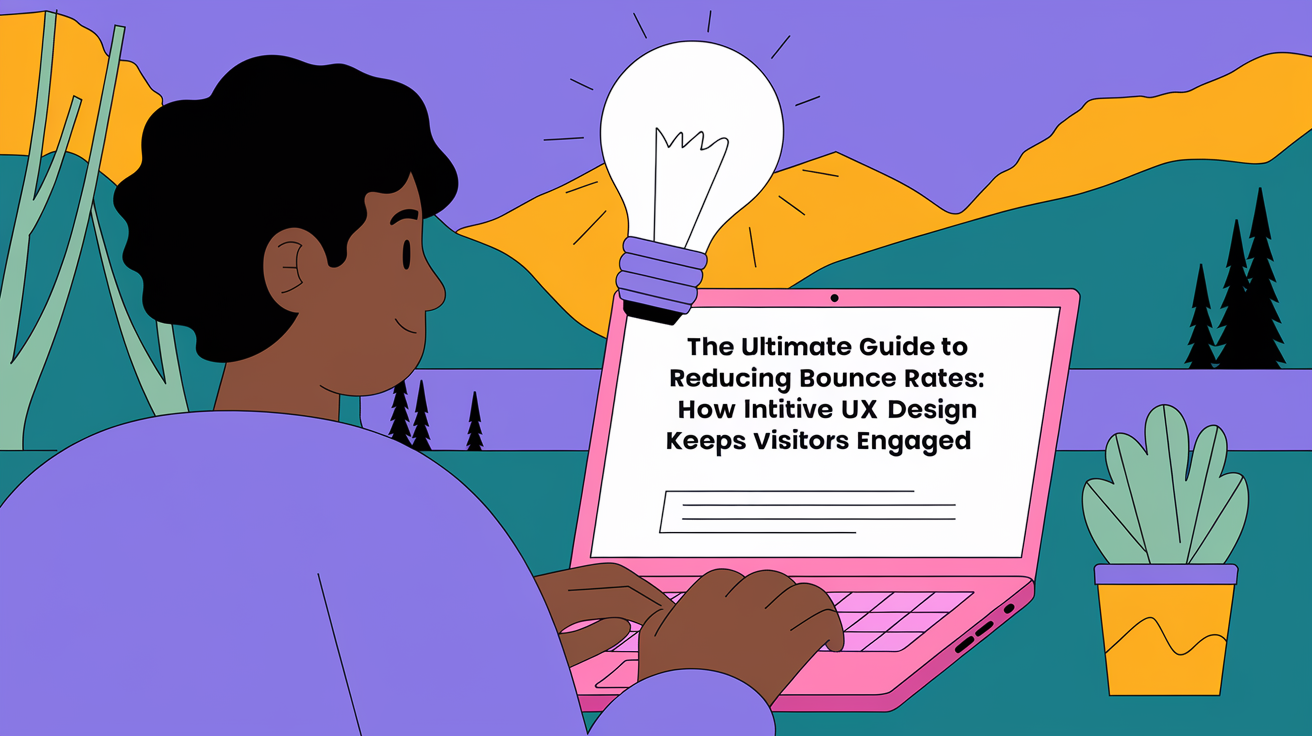How I Built This Website with AI
Discover how product management principles transform your personal website from a static resume into a powerful tool that attracts opportunities.
 Enri Zhulati
Enri Zhulati 
How to Build a Personal Website With AI
Building a personal website sounds simple enough, right? But most end up as glorified digital résumés that fail to make an impression or generate opportunities. After building hundreds of websites and helping businesses dominate their markets online, I've discovered that treating your personal site like a product—not a portfolio—makes all the difference.
Most Personal Websites
You've seen them. The cookie-cutter templates with the same sections: About, Experience, Portfolio, Contact. They're functional but forgettable. They list accomplishments without telling a story. They exist without purpose.
The truth? Your website should work for you 24/7, attracting the right opportunities and repelling the wrong ones. It should communicate your unique value instantly and make people want to connect with you.
Product Thinking
Product managers ask fundamental questions before building anything:
- Who is this for?
- What problem does it solve?
- How will we measure success?
When applied to personal websites, this approach transforms ordinary sites into powerful tools. Here's how to do it:
Step 1: Define Your Users and Their Needs
Before picking colors or templates, get clear on who actually needs to visit your site. For my website, I identified three main user groups:
- Business owners looking for growth expertise
- People who need SEO and content strategy that delivers results
- Potential collaborators wanting to understand my approach
For each group, I asked:
- What questions do they need answered?
- What would make them reach out?
- What would make them leave immediately?
This user-focused approach eliminated unnecessary elements and highlighted what actually mattered.
Step 2: Position Yourself With Clarity
Many people struggle to articulate what they do. They list skills and past roles, hoping something sticks. Product thinking demands clarity.
I distilled my experience down to: "I help small businesses get seen online without wasting money on tactics that don't work."
This positioning informed everything—from headlines to case studies to the services I highlight. It's not about listing every skill I have; it's about clearly communicating the transformation I provide.
Step 3: Prototype With AI, But Maintain Control
AI tools like Bolt and Cursor can generate website designs and copy in seconds. But using them effectively requires understanding the principles of good design and messaging.
I approached AI as a collaborative partner, not a replacement for thinking:
- I provided specific direction: "Create a clean, confident layout with purposeful white space."
- I rejected outputs that didn't align with my positioning
- I maintained a critical eye, asking "Would this convince ME if I were the user?"
The AI handled execution, but the strategy and decision-making remained mine.
Step 4: Measure and Iterate Based on Behavior
Unlike a static résumé, a product evolves based on user feedback. I set up analytics to track:
- Which pages visitors spent the most time on
- Which case studies generated the most inquiries
- Where people clicked (and where they didn't)
When I noticed visitors spending extra time on a specific case study, I expanded that section and created more content addressing similar problems. When contact form submissions were lower than expected, I simplified the form and strengthened the preceding call to action.
The Results
The product thinking approach transformed my website from a passive credential list to an active business generator. It now:
- Ranks for targeted keywords that bring in qualified leads
- Automatically filters out mismatched opportunities by clearly stating who I work with
- Generates consistent inquiries without requiring constant promotion
Most importantly, it provides genuine value to visitors before they ever contact me—building trust through helpful content rather than empty claims.
Building Your Own Product-Minded Website
If you're ready to create a personal website that works as hard as you do, start with these questions:
- Who are your ideal visitors, and what do they need to know about you?
- What transformation or value do you provide that others don't?
- What metrics would indicate your website is successful?
- What's one clear action you want visitors to take?
The design, technology, and words matter far less than having clear answers to these questions. A purpose-built, thoughtfully positioned website will outperform a beautiful but strategically confused one every time.
Whether you use AI tools or traditional web development, remember: your personal website isn't just a place to be found—it's a product that should deliver value to both you and your visitors. And isn't that what good products do? Solve real problems in meaningful ways.
Continue Reading

Don't Sweat the Small Stuff
A simple paperweight taught me to stop chasing noise, conserve energy, and win with calm—at work and in life.

How Intuitive UX Design Keeps Visitors Engaged
Discover how intuitive UX design can dramatically reduce your website's bounce rate and transform casual visitors into engaged prospects.

What Content Gets Cited in AI Chatbots?
AI chatbots are creating a new traffic source for websites. Learn what makes content citation-worthy and how to optimize your content for AI visibility.